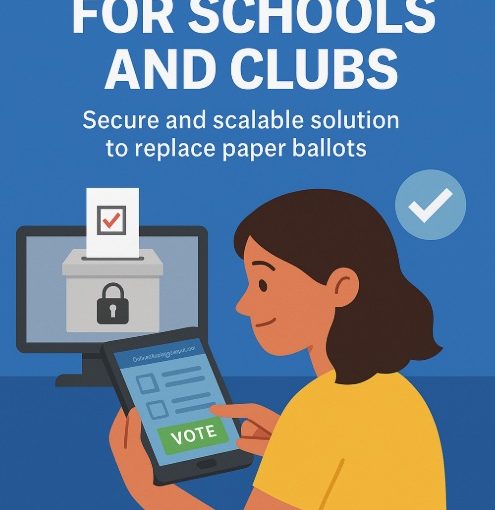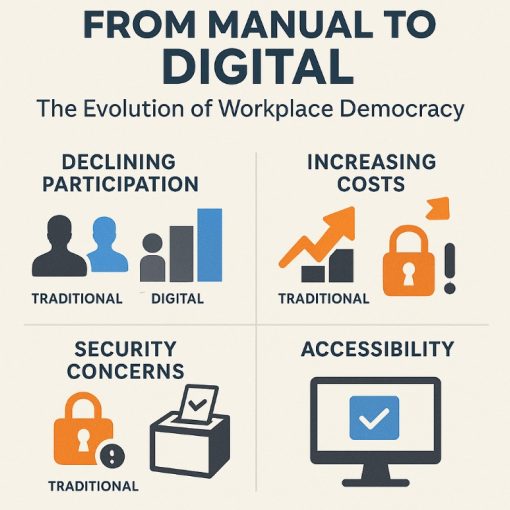As our society increasingly embraces digital solutions for traditional processes, the integrity of our democratic systems has come into sharper focus. The recent controversies surrounding the regional elections in Southeast Asia have highlighted a critical question: How can we ensure that digital voting systems are both accessible and secure? Today, we explore why robust identity verification—particularly two-factor authentication—has become non-negotiable for modern electronic voting platforms.
The Growing Challenge of Digital Identity Verification
Recent reports from the International Democracy Institute revealed that 67% of election security breaches in the past year were directly tied to inadequate identity verification protocols. As voter participation moves online, the methods used to confirm voter identity must evolve beyond the traditional username and password combination.
The username-password model is fundamentally broken for high-stakes scenarios like elections, Single-factor authentication simply cannot withstand the sophisticated attacks that target modern electoral systems.
The Power of Two-Factor Authentication
Two-factor authentication (2FA) addresses this vulnerability by requiring two distinct forms of identification before allowing access:
- Something you know – typically a password or PIN
- Something you have – usually a mobile device that receives a one-time password (OTP)
This layered approach dramatically reduces the risk of unauthorized access. Even if malicious actors obtain a voter’s password, they would still need physical access to the voter’s registered device to complete the authentication process.
Real-World Impact
The effectiveness of 2FA was demonstrated during the recent municipal elections in Stockholm, where the implementation of a comprehensive 2FA system resulted in:
- 99.8% reduction in fraudulent voting attempts
- 94% of voters completing the authentication process in under 30 seconds
- Zero successful identity theft incidents
Our Commitment to Election Security
At OnlineVotingApp, we’ve built our platform with security as a foundational principle. Our 2-Factor Authentication system ensures that every voter must verify their identity through both password entry and a time-sensitive OTP delivered to their registered device. This approach supports our 1-Voter 1-Machine Policy, which prevents election rigging by binding each voter to a single authenticated device.
Beyond security, we’ve optimized this process for speed and usability. Voters can complete the entire authentication process and cast their ballot in under 30 seconds, ensuring that security doesn’t come at the cost of convenience.
Beyond Authentication: A Comprehensive Approach
Of course, robust authentication is just one element of a secure voting ecosystem. Our end-to-end eVoting solution incorporates multiple security layers:
- Encrypted data transmission and storage
- Blockchain-based vote recording for immutability
- Regular third-party security audits
- Transparent vote counting mechanisms
Looking Forward
As we move toward more digital civic participation, the technologies that safeguard our democratic processes must continue to evolve. The combination of strong authentication methods with user-friendly interfaces represents the future of secure online voting.
Conclusion
In an era where digital threats to democracy are increasingly sophisticated, two-factor authentication stands as an essential safeguard for election integrity. By implementing robust identity verification while maintaining accessibility, we can build voting systems worthy of public trust.
Ready to experience secure, efficient online voting firsthand? Discover how our two-factor authentication system protects your organization’s democratic processes without sacrificing convenience. Try OnlineVotingApp today.




